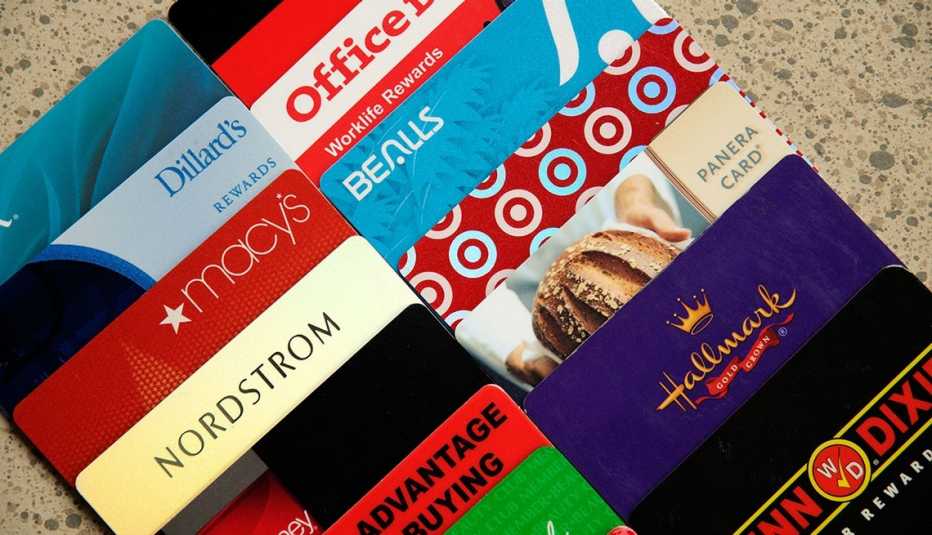Staying Fit
Inflation may be coming down, but the same can’t be said of food. As of December, food inflation is up 10.4 percent. To save, many consumers turn to warehouse clubs such as Costco, Sam's Club and BJ's Wholesale Club. After all, buying in bulk can be cheaper. But buyers beware. Warehouse clubs can offer buy-in-bulk shoppers a seemingly oversized supply of savings — but they're also full of temptations designed to lure you into shopping more and spending more. The first step to not falling for these spending traps: recognizing them. Watch out for these five tactics that warehouse clubs employ to try to get people to spend more.


AARP Membership— $12 for your first year when you sign up for Automatic Renewal
Get instant access to members-only products and hundreds of discounts, a free second membership, and a subscription to AARP the Magazine.
1. Selling only in bulk quantities
Warehouse clubs were born from the idea that buying in bulk is a good way to save time and money. But buying in bulk isn't always a good deal — no matter what warehouse clubs would have you think. “These stores get you to spend more because items are sold in bulk or in multiples like clothing,” says budget consultant Andrea Woroch. “Even if you don't need to purchase in bulk or multiple items, you typically buy it because it seems like such a better value." You can end up wasting money if you buy something in bulk and don’t use it. That’s particularly true of perishable items like fruit or meat.
How you can resist
Be more thoughtful about your shopping and think about what you really need. “Make sure every purchase has a purpose,” says Trae Bodge, operator of TrueTrae.com. “Are you going to use that five-pound bag of beans, or are you just excited that it's so inexpensive?"
When it comes to bulk purchases, that means thinking ahead. Woroch plans for the next couple of weeks when she makes her shopping list. “No matter how good of a deal you got on a food item, it's a total waste if it's ending up in the trash,” she says. “This is why meal planning and using overlapping ingredients for multiple dishes for the week can really reduce your food waste."
2. Letting you linger
Warehouse clubs are back to their pre-pandemic ways. To get consumers to spend money, they encourage customers to linger in the store. Store layouts are designed to be confusing and inefficient. Free sample stations slow down shoppers and tempt them into unplanned purchases. Costco's food courts lured people in with their cheap eats and let them spend more of their day at the store.
How you can resist
Make a plan, complete with a shopping list, budget and rough time limit for how long you can spend in the store. This strategy can help you stay focused and avoid overspending. “Go with a list and stick to it,” Bodge says. “There are many temptations in those aisles."
And eat before you shop. “If you go to your favorite price club with an empty stomach, you could leave sated, but you also might have a few unplanned items in your cart,” Bodge says. “Heck, you didn't know that gyoza and those sliders were so good."





































































